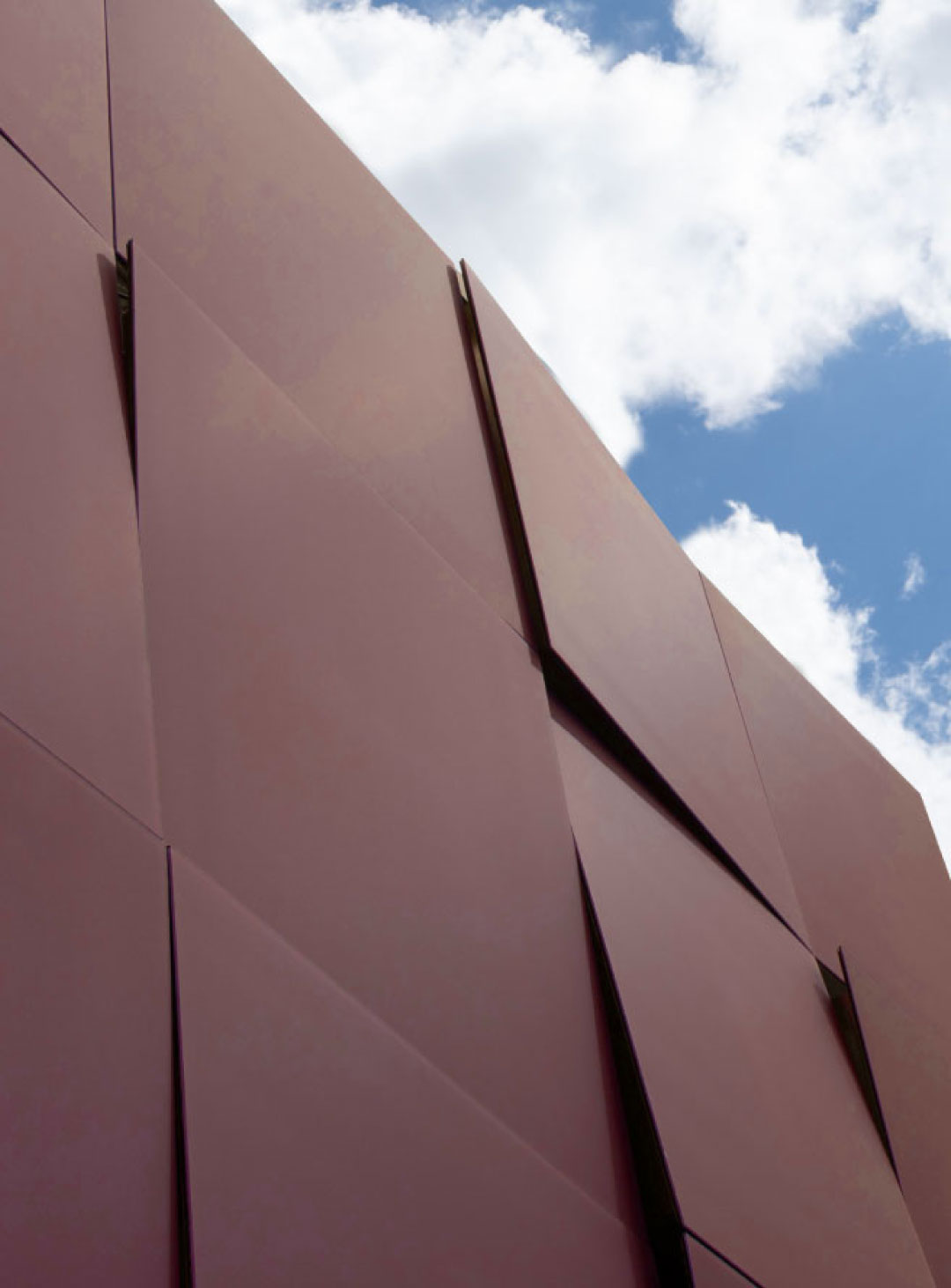
BIPV
August 23, 2023

Building-Integrated Photovoltaics (BIPV) is an innovative approach to harnessing solar energy by integrating photovoltaic systems directly into building elements. This technology has gained significant attention worldwide as a sustainable solution for power generation without compromising architectural aesthetics. In this blog post, we will explore integrated solar design applications and highlight some notable examples in different countries, showcasing the global impact and potential of this renewable energy solution
The Copenhagen International School project in Copenhagen, Denmark, showcases a remarkable implementation of Building-Integrated Photovoltaics (BIPV). The design by Scandinavian firm CF Møller incorporates a staggering 12,000 blue-tinged solar panels seamlessly integrated into the building's facade. This integrated solar design serves as a sustainable energy solution and adds an aesthetically pleasing and functional element to the architectural design. By integrating solar panels into the building envelope, the Copenhagen International School maximizes its solar energy generation potential while minimizing the visual impact typically associated with traditional solar installations.
The office tower project in Melbourne, Australia, designed by Kennon, showcases an exceptional application of Building-Integrated Photovoltaics (BIPV) that promises remarkable energy generation capabilities. The eight-story tower's facade incorporates a sophisticated BIPV solar technology that harnesses sunlight to produce “50 times more electricity than a standard rooftop solar panel system” typically used in residential projects. By leveraging the entire facade as a solar energy generator, the Melbourne office tower sets a new standard for sustainable design, showcasing the potential of integrated solar design to transform the energy efficiency and power generation capacity of commercial buildings.
Loyola Residence of St. Mary's University in Halifax, Canada, is demonstrating its commitment to sustainability by retrofitting its building envelope with Mitrex BIPV solution. The Solar Facade installation covers over 6,000 square feet of the building's exterior, featuring Mitrex's state-of-the-art solar cladding system. This integrated solar design allows Loyola Residence to harness clean energy while incorporating a visually appealing design. By utilizing Mitrex's BIPV solar technology, St. Mary's University exemplifies its leadership in sustainable practices and sets an inspiring example for other educational institutions seeking to embrace renewable energy innovations.
The SEE Institute, situated within The Sustainable City in Dubai, UAE, is an integral component of an esteemed community dedicated to achieving remarkable sustainability goals. The Sustainable City aims to be the first Net Zero Energy development in the region, and the SEE Institute plays a vital role in this endeavor. The building's design incorporates Mitrex Solar Facade's, strategically positioned on the South and South-West facades. This cutting-edge integrated solar design enhances the building's energy efficiency while contributing to its architectural appeal. As the research and development arm of Diamond Developers, the SEE Institute actively promotes low-carbon living and drives climate action through various means, including professional training, public education, events, and special projects.
Building-Integrated Photovoltaics (BIPV) has gained global recognition as a sustainable energy solution that combines architectural design with renewable energy generation. The examples highlighted in this blog post from different countries demonstrate the versatility and potential of integrated solar design. As countries around the world continue to prioritize sustainability, BIPV is set to play a crucial role in shaping the future of green building design, reducing carbon footprints, and promoting renewable energy adoption on a global scale.
News & Articles

Mitrex BIPV is engineered to match—and exceed—the lifespan of high-performance building envelope systems, delivering structural durability, long-term energy output, and measurable sustainability benefits. This article outlines the testing, certifications, and warranties behind solar facades designed to perform for decades across global climates and project types.

Mitrex BIPV is engineered to match—and exceed—the lifespan of high-performance building envelope systems, delivering structural durability, long-term energy output, and measurable sustainability benefits. This article outlines the testing, certifications, and warranties behind solar facades designed to perform for decades across global climates and project types.

Design-driven solar façades are the future—and in 2026, building-integrated photovoltaics (BIPV) must meet high architectural standards as well as performance benchmarks. This blog highlights five architectural design trends that are shaping next-generation BIPV applications and how Mitrex products—from custom murals to landmark towers—are making them a reality.

Design-driven solar façades are the future—and in 2026, building-integrated photovoltaics (BIPV) must meet high architectural standards as well as performance benchmarks. This blog highlights five architectural design trends that are shaping next-generation BIPV applications and how Mitrex products—from custom murals to landmark towers—are making them a reality.

This blog introduces eFacade TILT, Mitrex’s newest BIPV product that blends solar generation with architectural depth. Featuring tilted modules, 23 available colours, and seamless rainscreen system integration, TILT transforms flat walls into high-performance, three-dimensional assets.

This blog introduces eFacade TILT, Mitrex’s newest BIPV product that blends solar generation with architectural depth. Featuring tilted modules, 23 available colours, and seamless rainscreen system integration, TILT transforms flat walls into high-performance, three-dimensional assets.